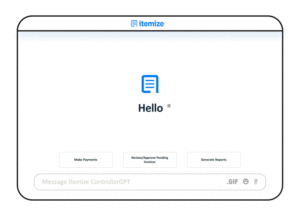Khushboo Koutu
Despite COVID, 2020 saw a large number of mergers and acquisitions varying in size and industry. The total value of transactions reached 127.8 Billion US dollars. And this number is expected to be much higher in 2021.
From a business perspective, a successful M&A deal means quick and efficient consolidation of systems and processes to capitalize on cross-selling, synergistic opportunities, and cost efficiencies.
The average duration from announcement to full operational integration is typically 15 to 20 months, primarily driven by regulatory requirements and complex technology conversions.
Source: Deloitte
So What Makes the M&A Process Lengthy and Complex?
- Extensive system audit to identify gaps and synergies could take months
- Figuring out data mapping from the original sources to the new systems is time-consuming and nuanced
- Extracting data from various original sources (custom or standard, electronic or manual) is challenging
- Increased regulation and reporting standards require data remediation
- The manual nature of data entry and management often results in human errors
- Business processes aren’t aligned and products aren’t rationalized
It’s impossible to determine in advance what the process will be like for the companies involved, particularly if there’s a need for major technological and database integration. Sometimes, the systems may not have the ability to work together, creating information silos. These silos can create serious issues within a single organization, so the issue becomes even more complex and challenging when multiple organizations are involved.
Next-gen technologies like Intelligent Automation (IA) and Hyperautomation can help combat these issues and make M&A processes less painful while producing more effective results for your business.
IA and Hyperautomation can help by automating:
- Data sourcing and extraction
- Data transformation and remediation
- Data entry and staging
Three Major Challenges That Occur During M&A
- The ability to achieve synergy targets when acquiring and integrating a company
- The ability to quickly connect systems of the buyer with the newly acquired target to achieve deal objectives
- The ability to separate and support all of the major business processes that exist with available people and systems
How IA Can Solve These Challenges:
- Automating data entry and other cumbersome tasks and processes in back-office roles in finance, HR, purchasing, supply chain, and other shared services; increasing the value of the transaction, instead of increasing headcount
- Achieving synergies by migrating the data entry roles and support roles to higher-value task
- Establishing integration between disparate systems that cannot be quickly integrated through traditional technologies, enabling teams to unlock value from the newly purchased entity
How to Get Started?
- Identify the right IA solutions that have experience enabling operations and technology during M&A
- Look at solutions that offer broad tool-based capabilities vs. vertical-specific expertise
- Vertical-specific solutions are often the right approach because they bring in-depth knowledge of a key functional area that requires the majority of the heavy lifting
- When evaluating different vendors, distinguish between generic tools that can automate one task or process and customizable solutions that take into account different processes, workflows, integrating
If you have any questions or comments on this blog or interested in learning more about what we do at Itemize, please reach out to Khushboo Koutu.



